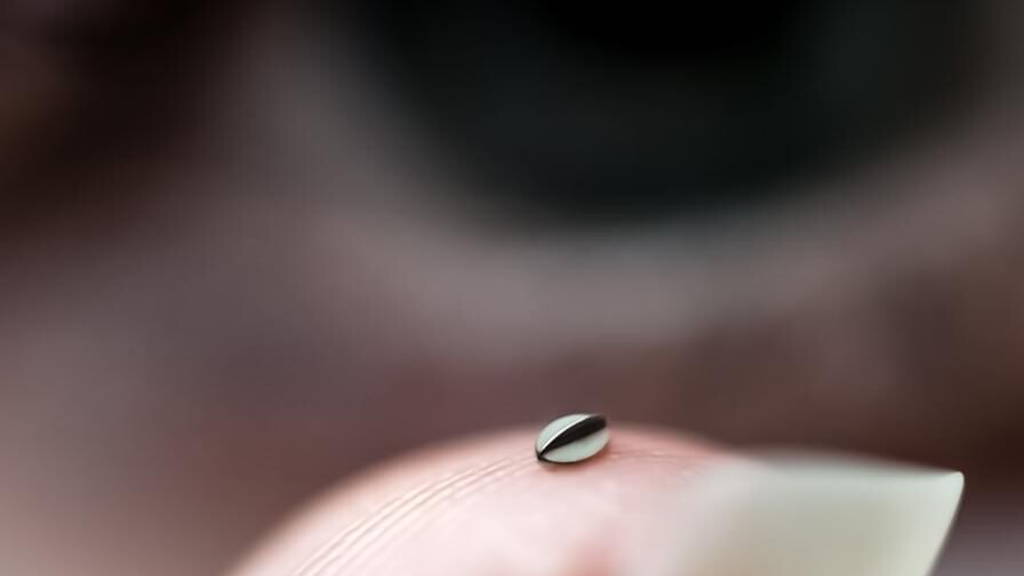Nanotechnology deals with ultra-small objects equivalent to one billionth of a metre in size. At the moment it is possible to take a closer look on the nano level, but we still can't build machines at the nanoscale using conventional engineering tools. things at the nanoscale follow the more complex laws of quantum mechanics. So different tools are needed, that take into account the quantum world in order to manipulate atoms and molecules in a way that uses them as building blocks for nanomachines. Business Insider sums up four more tiny machines that could have a big impact on the way people are cured or perhaps even prevented from getting sick.
Nanobots can help transform medicine
Sunday, June 26, 2016

News





